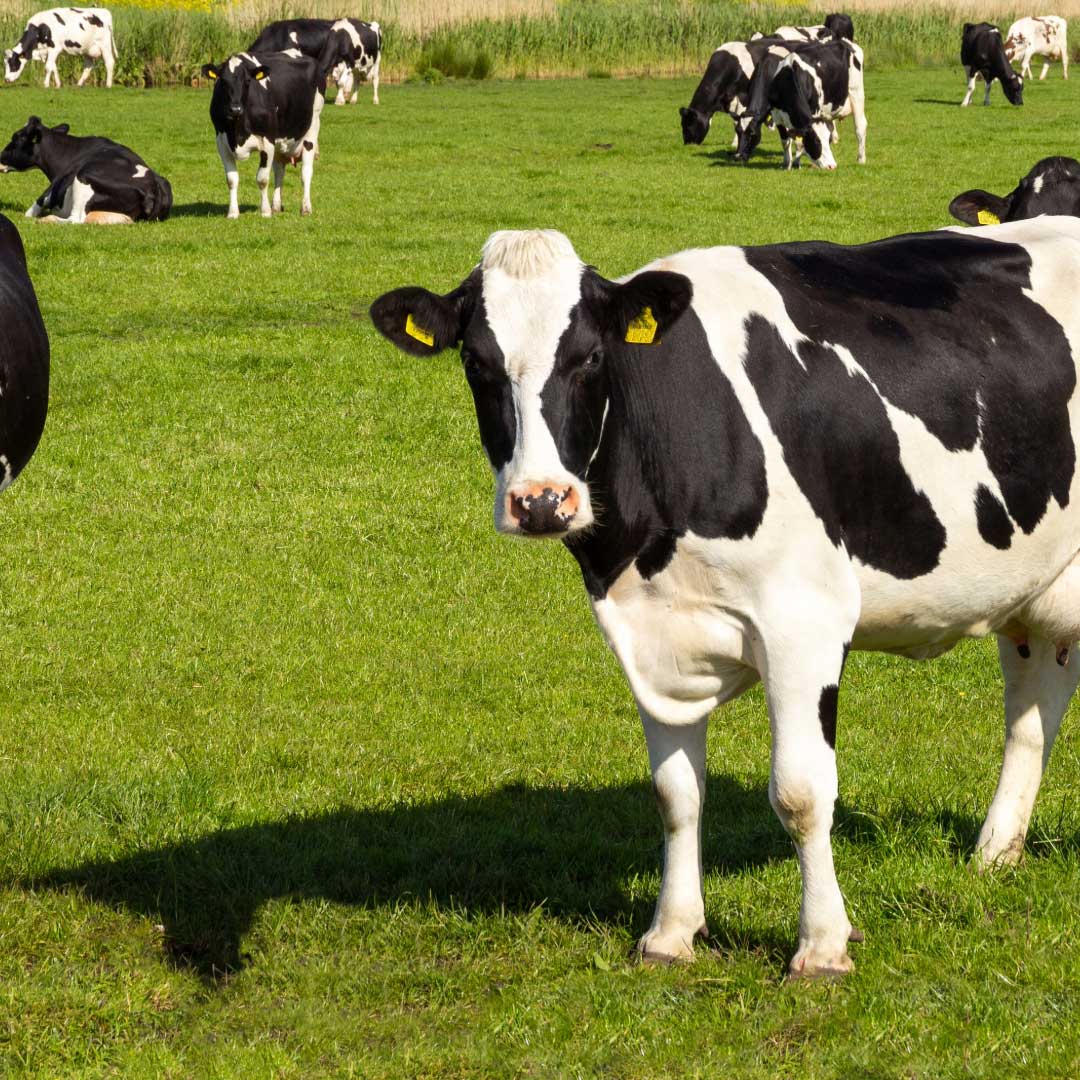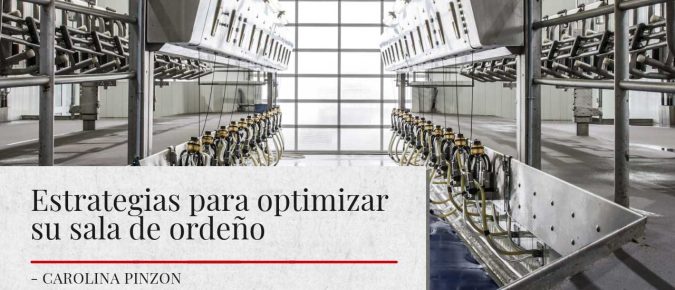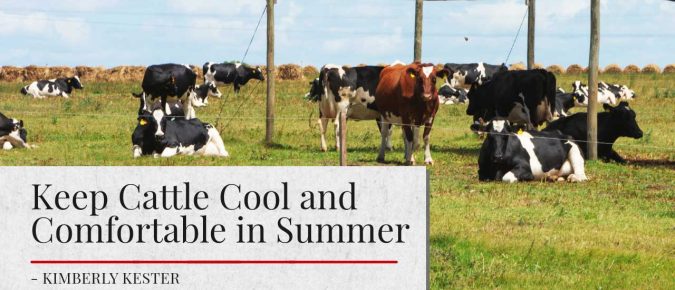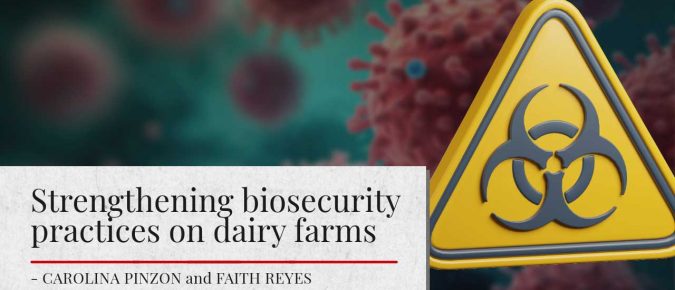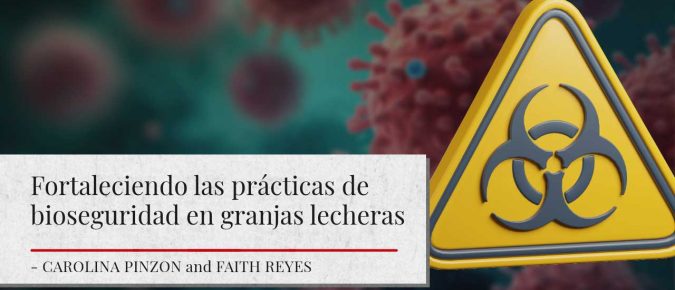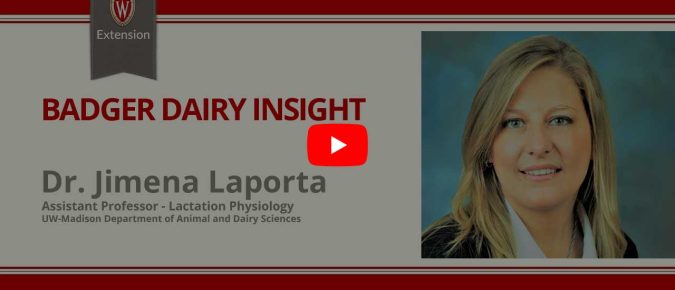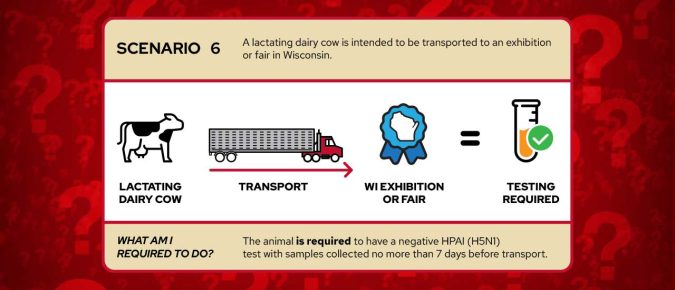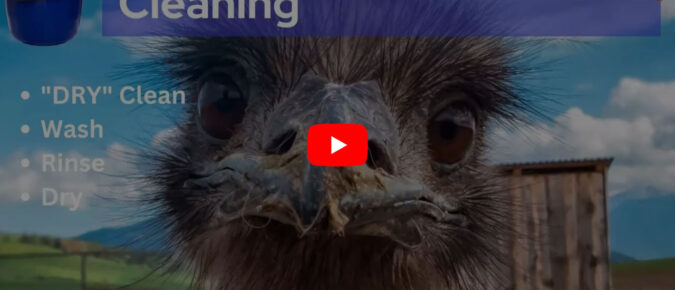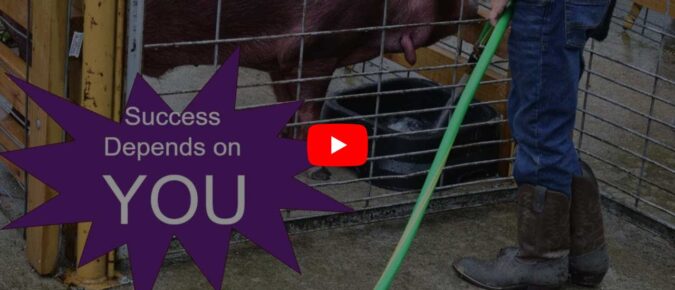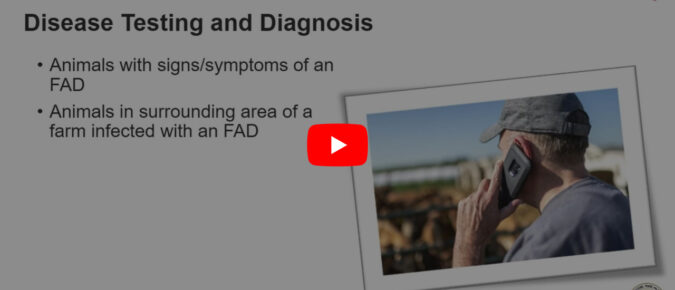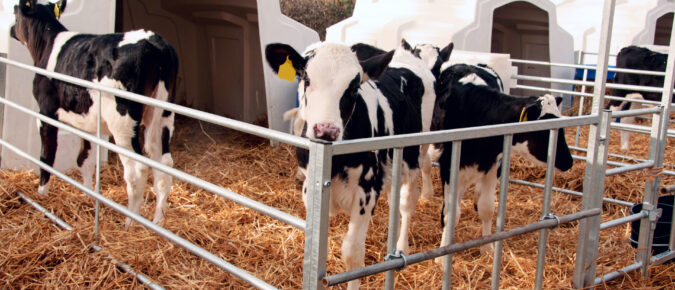Es crucial para la rentabilidad del negocio lechero, garantizar un entorno cómodo y seguro en la sala de ordeño tanto para las vacas como para los trabajadores, al tiempo que todos los recursos disponibles se utilicen de manera eficiente, incluido el tiempo. El ordeño en una granja lechera es un acto de equilibrio entre mantener la limpieza y la calma, mientras se mueve lo suficientemente rápido como para terminar a tiempo y llevar a las vacas de regreso a sus corrales, donde pueden comer, beber, descansar y producir leche.
The latest long-range forecasts from the National Weather Service show that Wisconsin has a 40% to 50% chance of a hotter-than-normal summer. Long periods of heat stress are more likely to have lasting effects on cattle, including early embryonic loss in heifers and cows, poor semen quality in bulls, and reduced gains in feeder cattle.
The careful implementation of biosecurity practices is key to protect both people and animals, as well as to ensure a viable and safe food supply for consumers.
The careful implementation of biosecurity practices is key to protect both people and animals, as well as to ensure a viable and safe food supply for consumers.
Jennifer Van Os discusses collaborative work at UW-Madison to identify practical strategies for alleviating heat stress in hutch-housed dairy calves.
his presentation will explore how heat stress affects the physiological, behavioral, and developmental aspects of calves during their critical early stages of life and highlight the long-lasting implications that persist into adulthood.
Mooving Cows™ is an educational game where you can practice moving cows around a dairy farm. Learn about cow behavior and practice basic cow handling skills to stay safe and keep cows calm.
The Federal order regarding the HPAI (H5N1) virus situation requires testing for specific interstate (across state lines) travel of lactating dairy cattle. Read about different scenarios to assist farmers with understanding the Federal order.
This video focuses on basic biosecurity practices for livestock operations.
This video outlines practices for biosecurity at fairs, shows, and exhibitions.
This video provides an overview of biosecurity during disease response.
Water contributes to 75 percent of the body weight in calves, making this nutrient an essential daily requirement.


